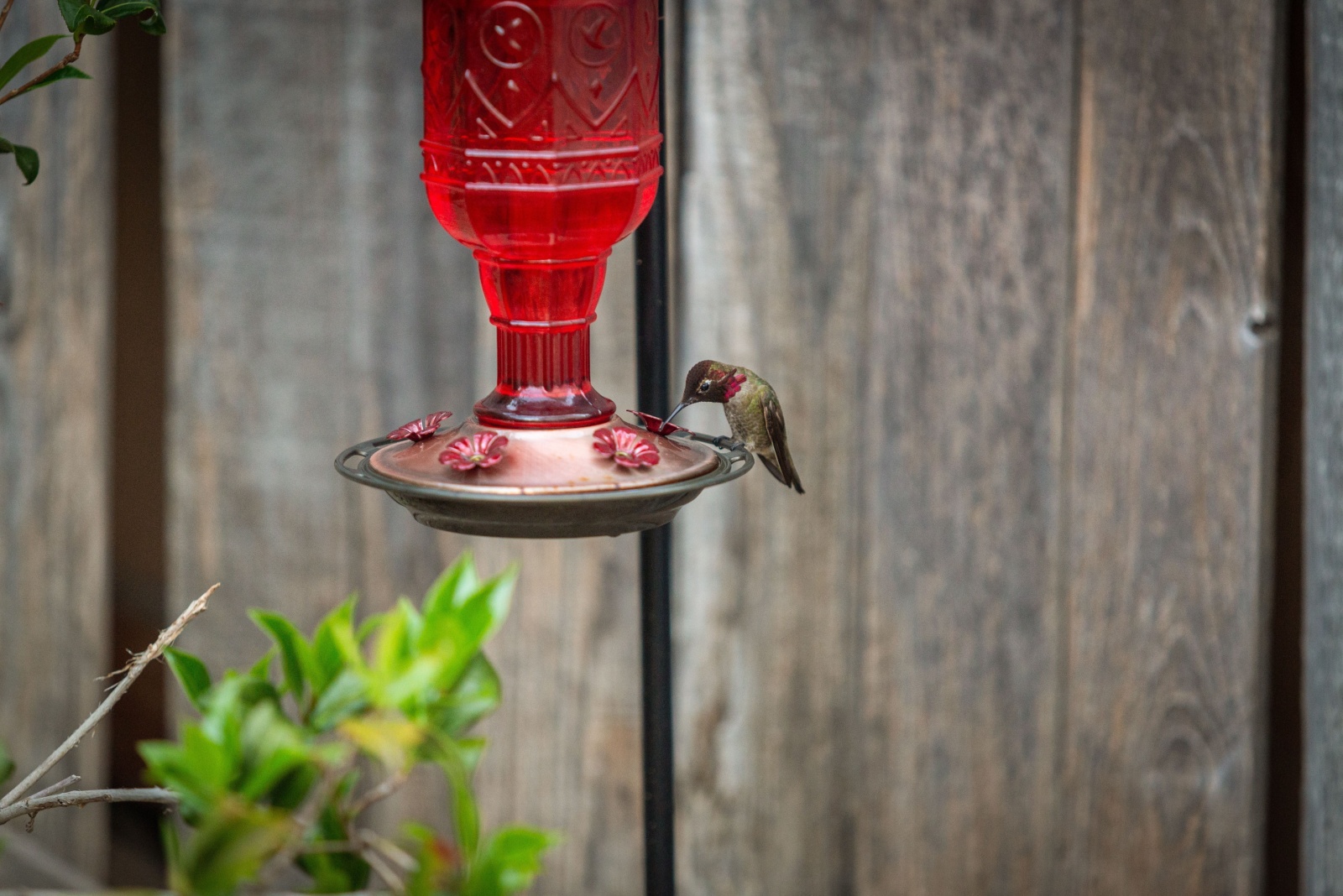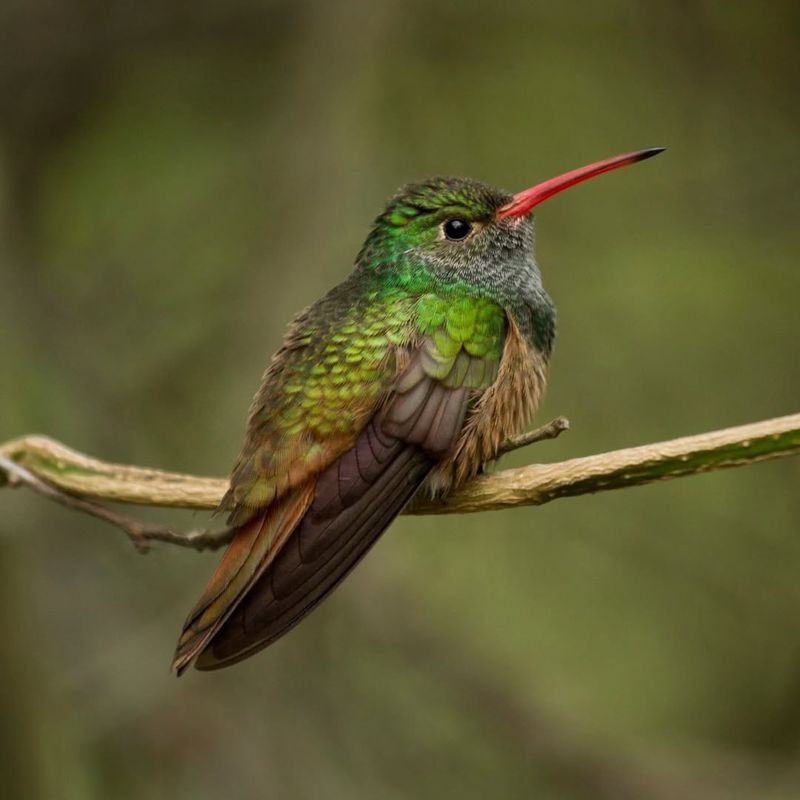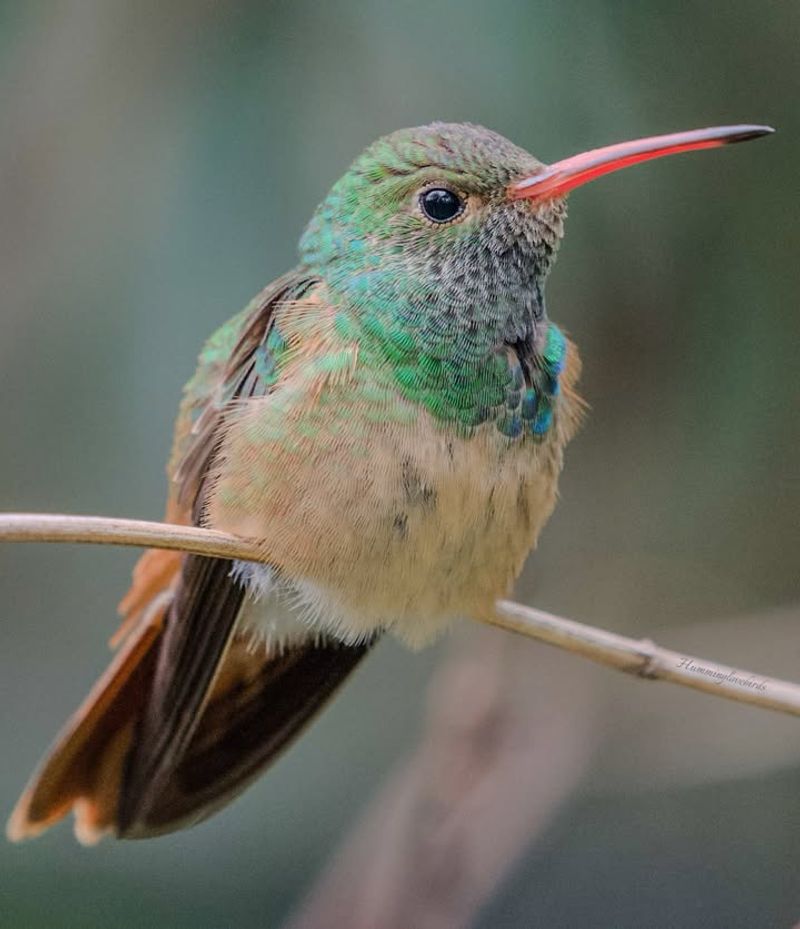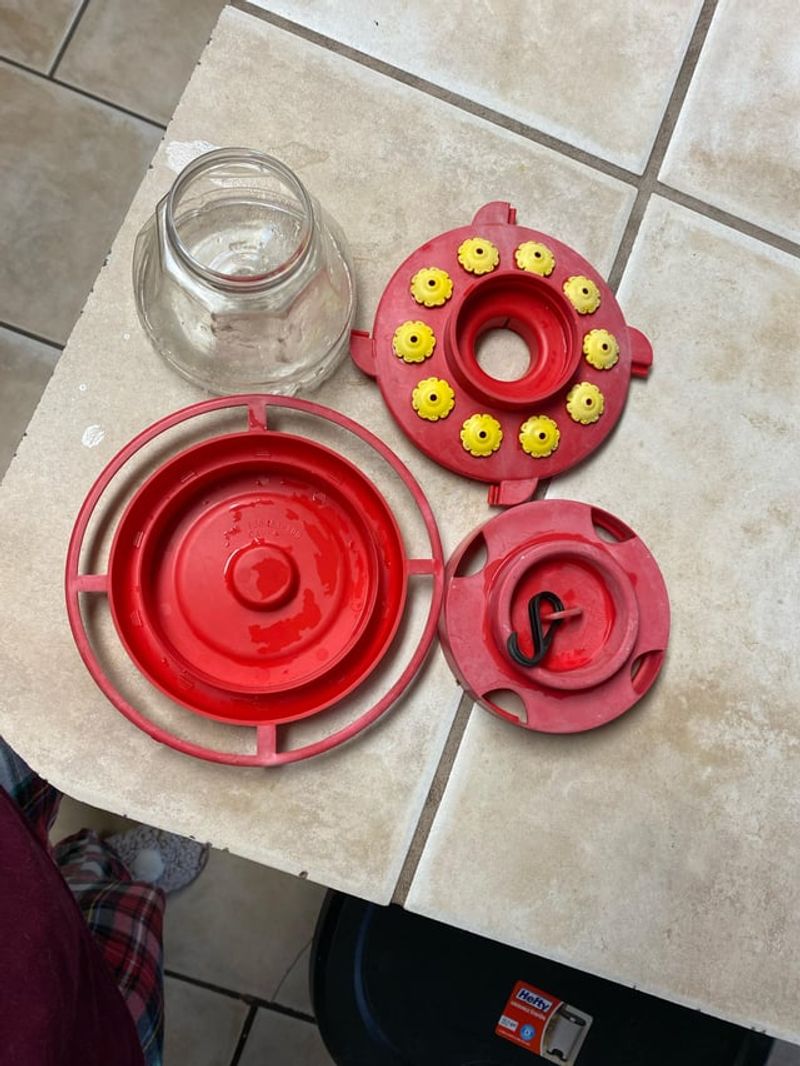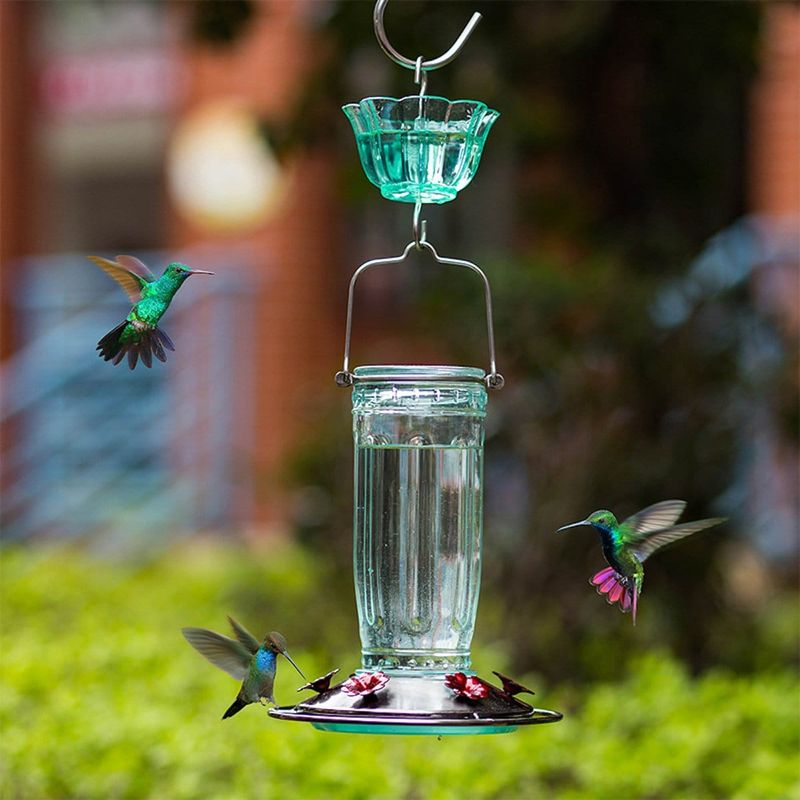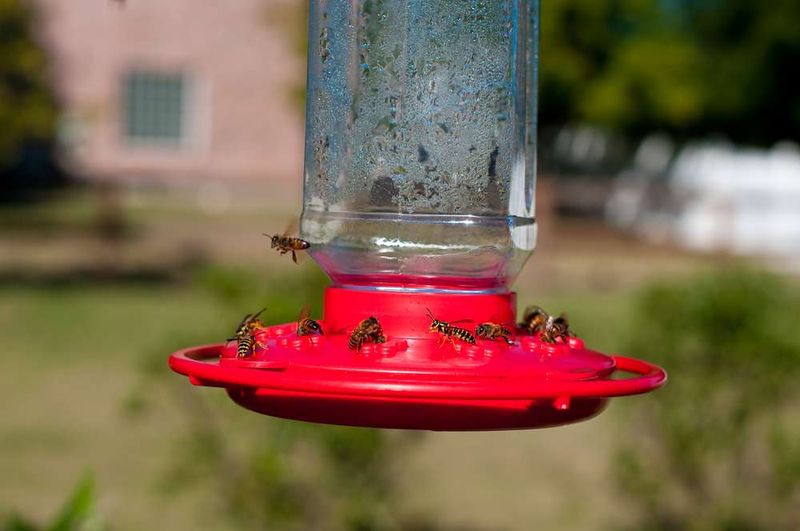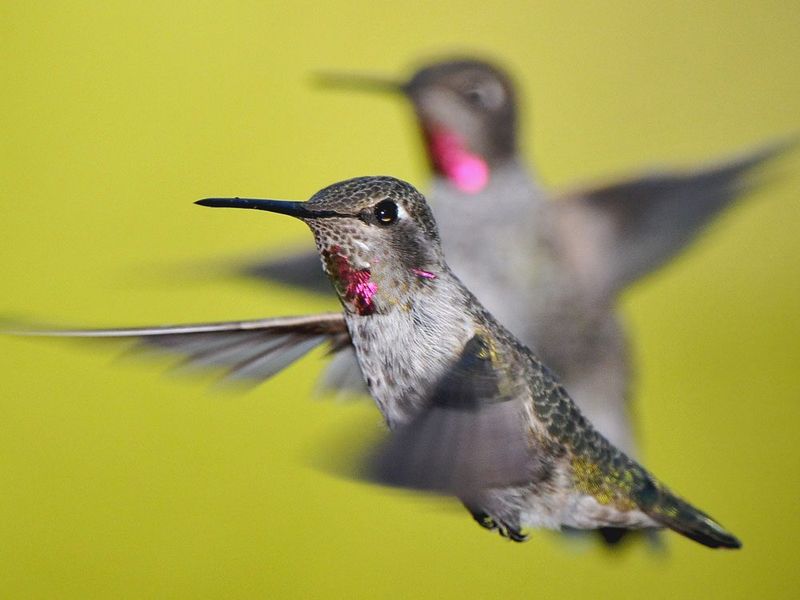Texas homeowners know the joy of spotting a flash of color at the feeder—a hummingbird hovering midair, wings humming like tiny engines. But as the seasons shift, so do these dazzling little travelers.
Knowing when to take down your feeder isn’t just good timing; it’s part of helping nature stay in rhythm. Here’s how to tell when the last hummer has headed south—and when it’s time to call it a season.
1. Watch For Migration Patterns In Late Fall
Most Ruby-throated hummingbirds begin their journey south between late October and early November. Keeping feeders up through this period ensures stragglers have fuel for their long trip to Central America.
Some Texas homeowners worry that leaving feeders out will prevent birds from migrating, but that’s actually a myth. Birds follow instinct and daylight changes, not feeder availability.
Wait at least two weeks after spotting your last hummingbird before removing feeders completely for the season.
2. Consider Overwintering Species Along The Coast
Coastal regions near Houston and Corpus Christi often host year-round hummingbird populations. Buff-bellied and Black-chinned hummingbirds sometimes stick around through winter months, especially in milder Texas areas.
If you live near the Gulf Coast, consider keeping at least one feeder available during winter. You might be surprised by unexpected visitors on chilly mornings.
Check local birding groups or apps to see if overwintering hummingbirds have been spotted in your specific area recently.
3. Clean Feeders Before Storing Them Away
Before packing feeders for the season, give them a thorough scrubbing with hot water and vinegar or mild dish soap. Mold and bacteria can grow in leftover sugar water, creating health hazards for next season’s birds.
Use a bottle brush to reach inside narrow tubes and crevices where gunk hides. Rinse everything completely and let parts air dry before storing.
Store clean feeders in a dry garage or shed where they won’t collect dust or become homes for insects during the off-season.
4. Remove Feeders When Mold Growth Appears
Black mold growing inside feeders poses serious health risks to hummingbirds, potentially causing fatal infections. During hot Texas summers, sugar water can spoil within just two days, creating perfect conditions for mold.
If you notice cloudiness, black spots, or stringy growth, take the feeder down immediately. Clean it thoroughly or replace it entirely before putting it back up.
Regular cleaning every few days prevents mold problems and keeps your feathered friends healthy and happy throughout feeding season.
5. Take Down Damaged Or Leaking Feeders Quickly
Cracks, chips, or loose seals allow sugar water to leak out, attracting unwanted pests like ants, wasps, and bees. These insects can prevent hummingbirds from feeding and may even sting the birds.
Leaking feeders also waste nectar and create sticky messes on porches and patios. Inspect your feeders regularly for wear and tear, especially after storms or extreme Texas heat.
Replace damaged feeders promptly rather than trying to patch them. Quality feeders last longer and save money in the long run.
6. Remove Feeders During Extended Absences
Planning a vacation or extended trip? Take feeders down before you leave home. Unmaintained feeders quickly become toxic as nectar ferments in the heat, potentially poisoning visiting birds.
Hummingbirds are resourceful and will find natural food sources like flowers and insects while you’re away. They won’t starve without your feeder for a week or two.
When you return, clean feeders completely and refill with fresh nectar. Your tiny visitors will quickly rediscover their favorite feeding spot again.

